Spotlight on Innovation

The World’s Smallest Computer
The Michigan Micro Mote is a fully autonomous computing system that acts as a smart sensing system.
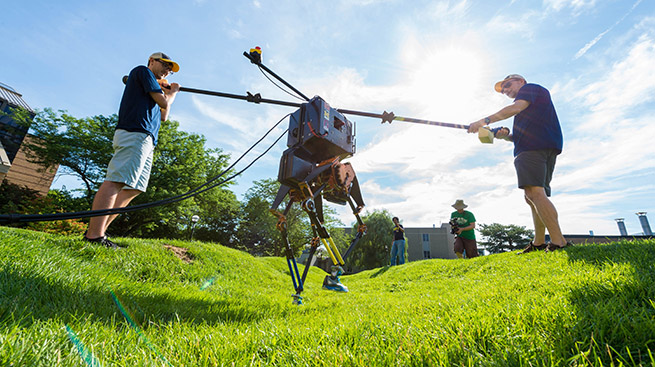
Amazing Walking Robots
Prof. Jessy Grizzle has developed extremely robust control techniques for bipedal walking robots.
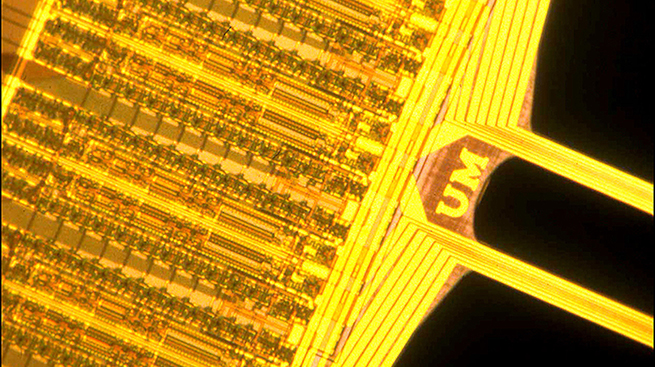
The Michigan Probe
Extremely accurate brain probes us a variety of technologies to make mapping the brain with light possible.
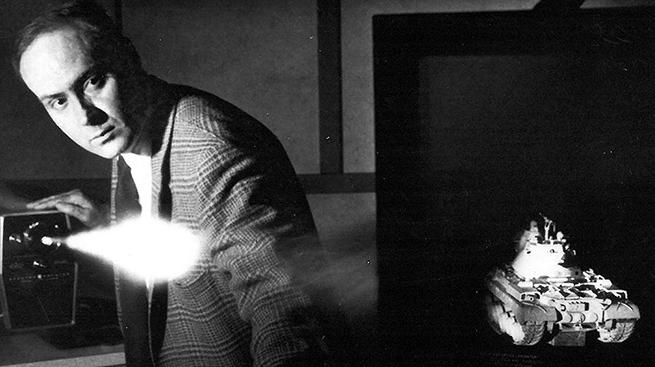
Emmett Leith: Modern Holography
Leith made holography a reality, stunning the world with his holographic train in 1964.
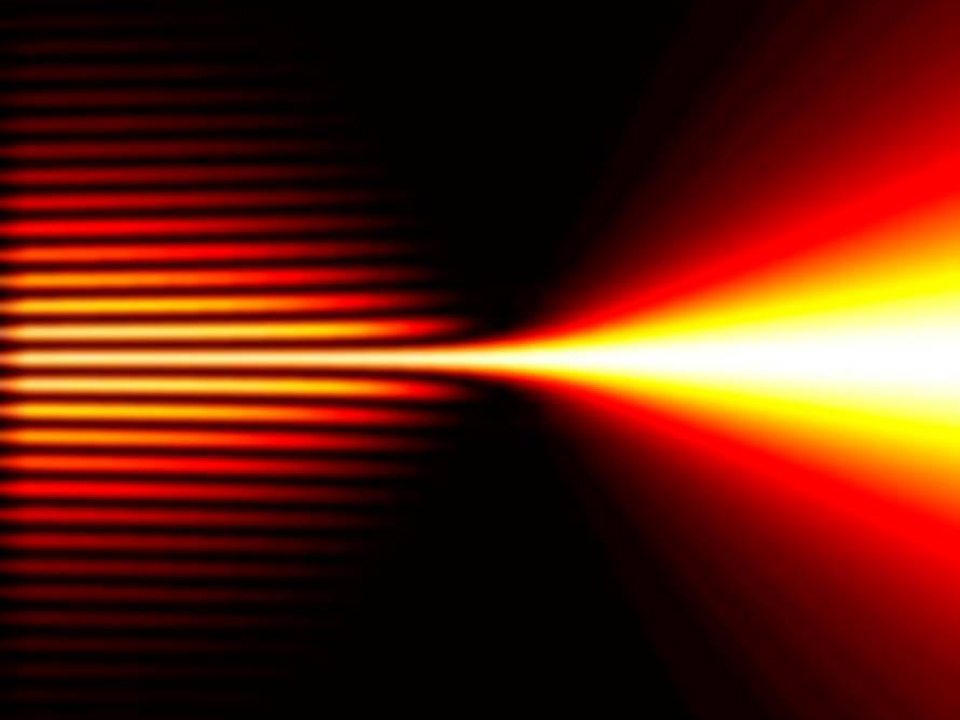
Michigan’s First Materials Center
Center for Photonic and Multiscale Nanomaterials focuses on controlling light interactions with matter.

Googling the Physical World
Prof. David Wentzloff wants to connect trillions of tiny sensors embedded in everything you can think of.
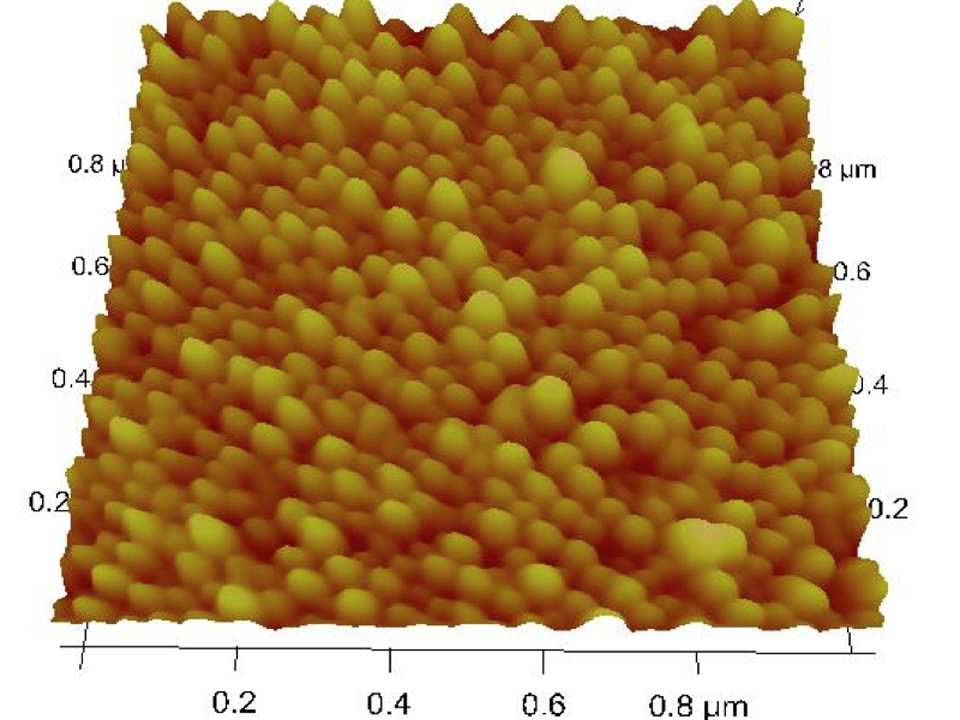
First in Quantum Dots
Prof. Battacharya was instrumental in early understanding of the tiny semiconductor particles called quantum dots.
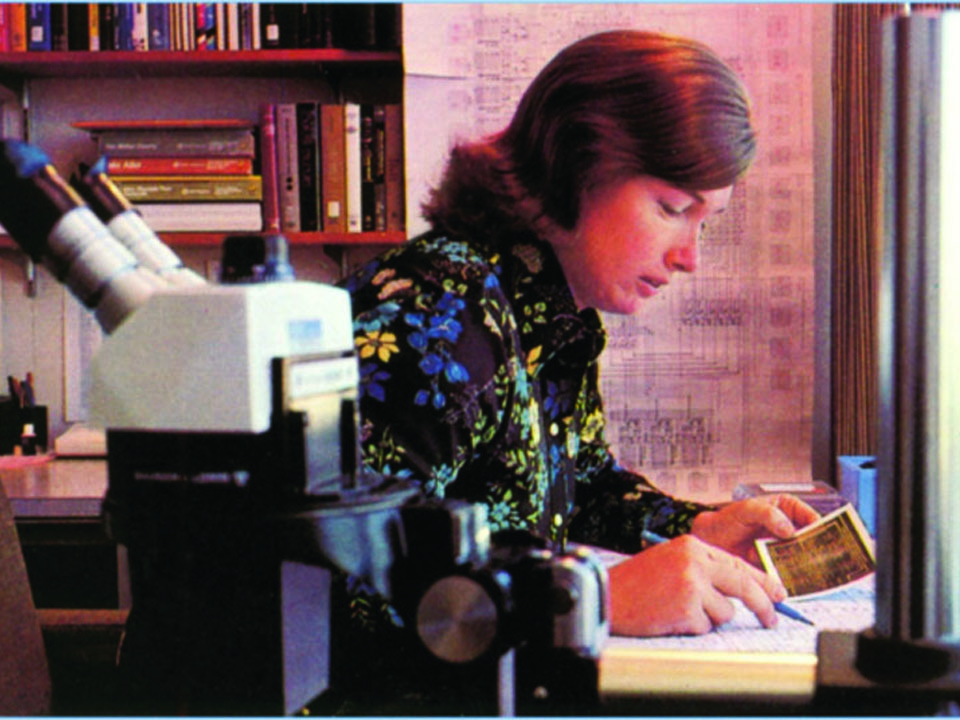
Lynn Conway: Life, Engineered
Lynn has been called the hidden hand in the movement that enabled the very fabric of Silicon Valley.
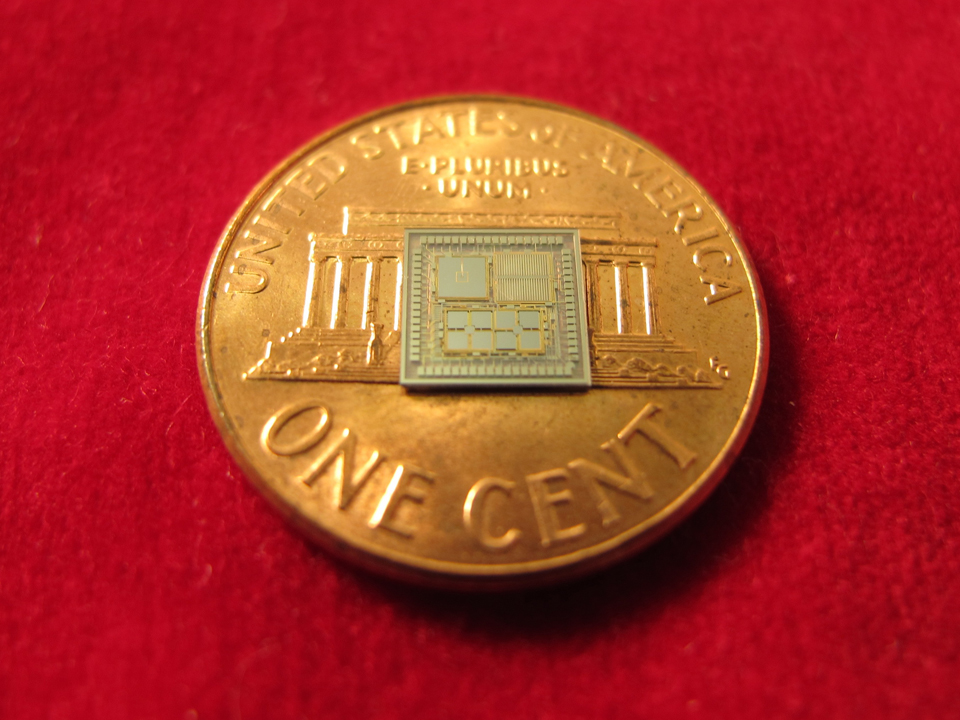
Khalil Najafi: Emerging Technologies
Khalil is a leader in MEMS devices, including systems to replace GPS and detect chemical weapons.
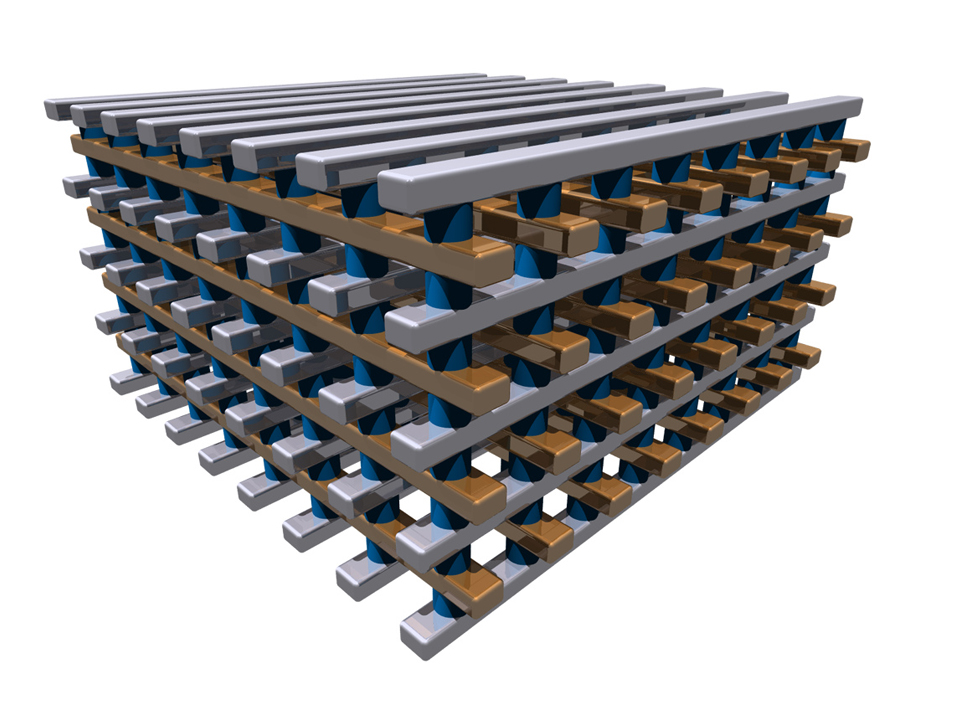
Reimagining Memory
Prof. Wei Lu’s company developed a new type of memory that’s smaller and faster than anything on the market.

Fighting Cyber Crime with Data
Prof. Mingyan Liu’s Quadmetrics (now FICO) keeps companies diligent when it comes to cybersecurity.
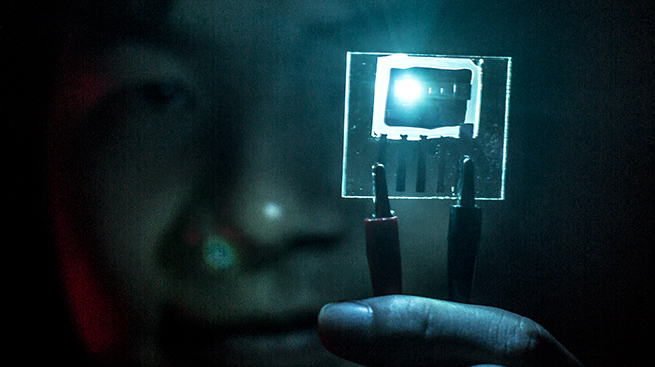
Breakthroughs in Modern Lighting
Stephen Forrest does revolutionary work on photovoltaic cells, organic light emitting diodes, and lasers.
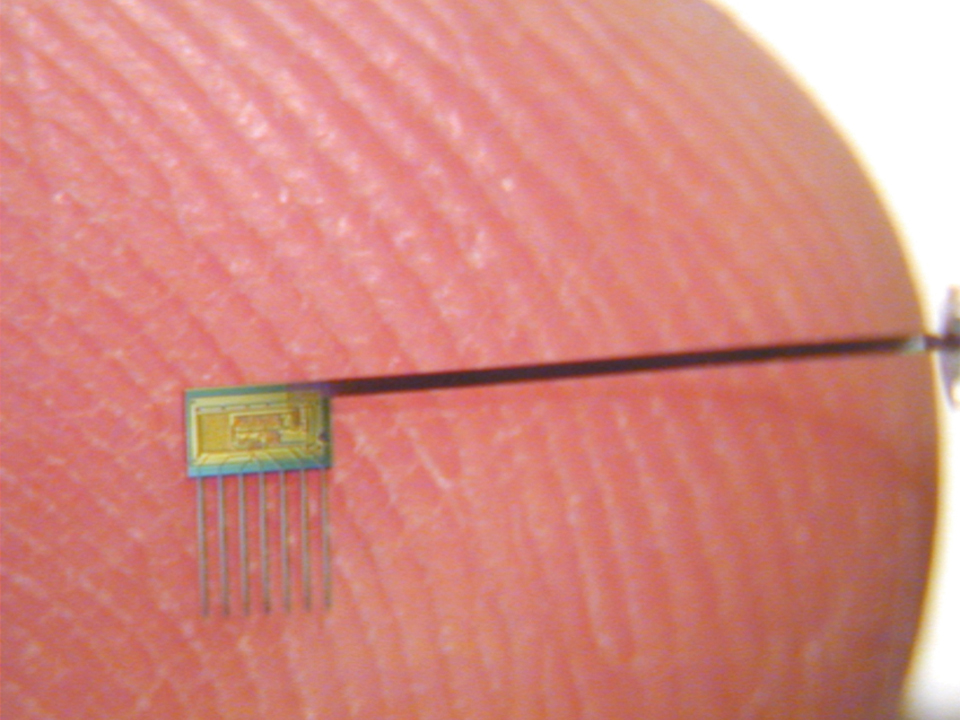
Wireless Integrated Microsystems
WIMS facilitated 11 spinoff companies, 59 patents, and new tech for hearing, brain research, and sensing.
Learn more >
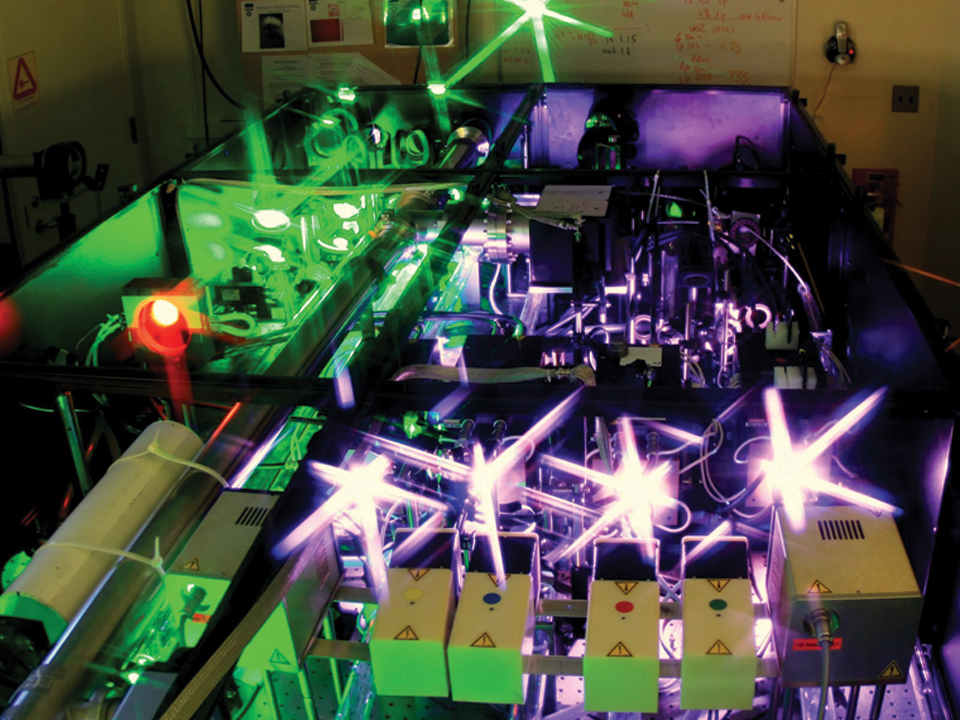
CUOS: Center for Ultrafast Optical Science
The Center for Ultrafast Optical Science is responsible for the field’s most intense laser and much more.
Learn more >

Radiation Laboratory
U-M’s Radlab is known worldwide for their contributions to Applied Electromagnetics.
Learn more >

Lurie Nanofabrication Facility
The Lurie Nanofabrication Facility wasn’t always so clean, but it always gets the job done.
Learn more >
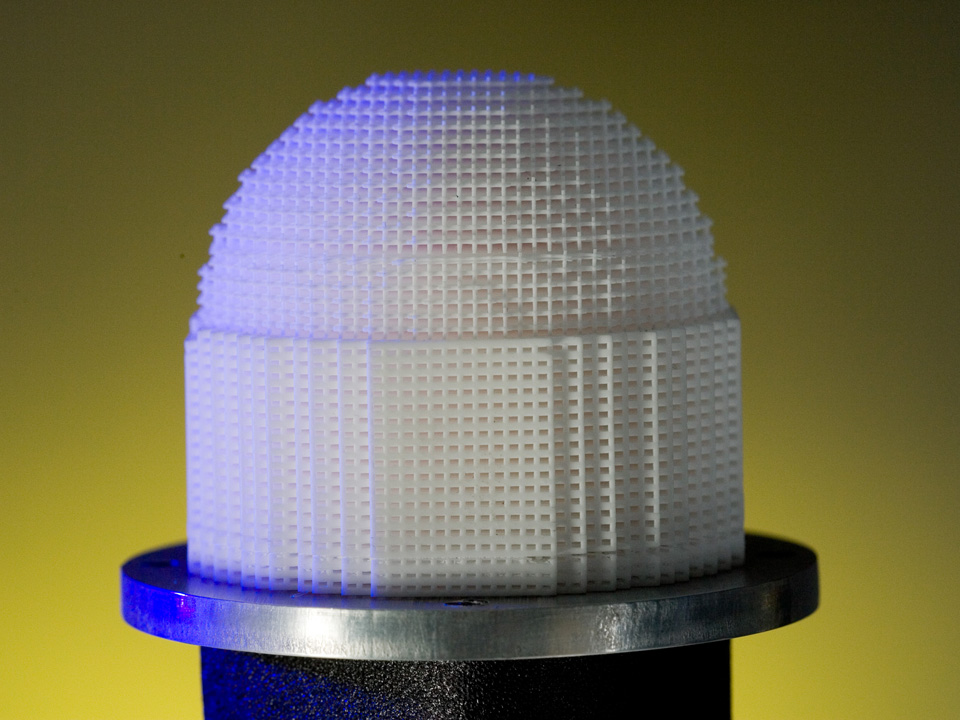
Remote Sensing
Kamal Sarabandi’s work in remote sensing helps monitor global warming, see through walls, and navigate drones.
Learn more >
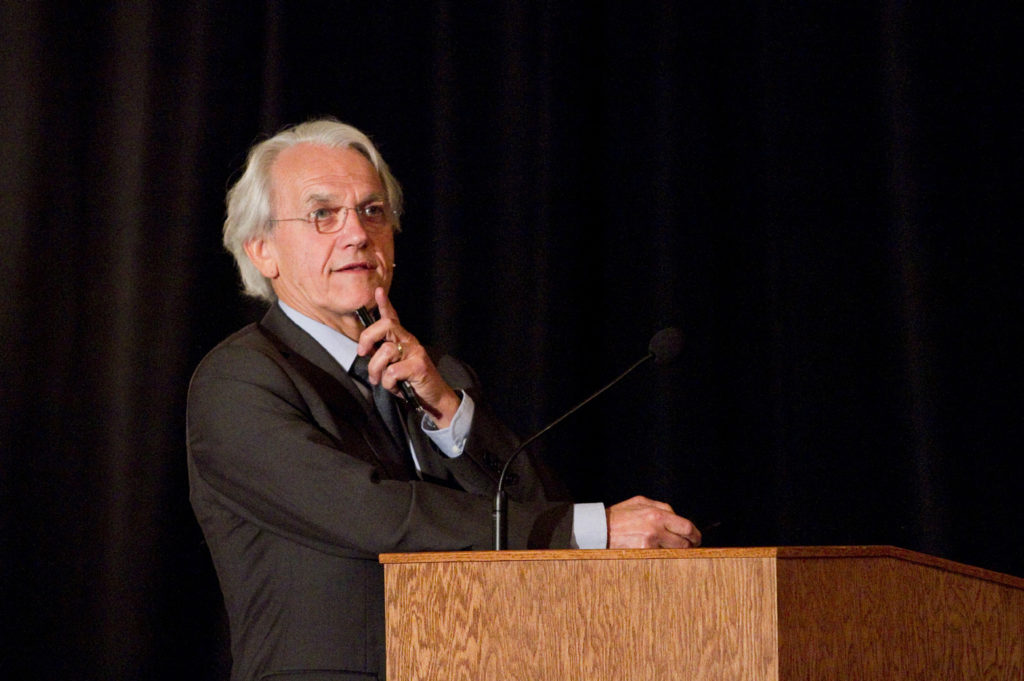
Laser Pioneer
The 2018 Nobel Prize Winner in Physics, Gérard Mourou let the formation of the Center for Ultrafast Optical Science and expanded the field’s imagination.
Learn more >
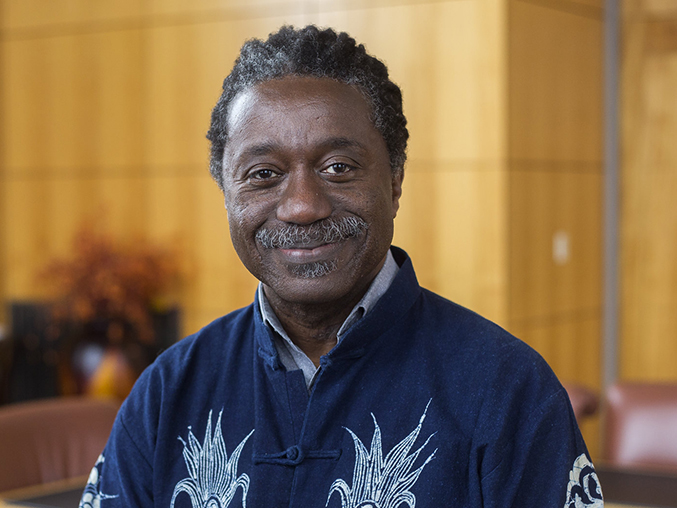
Breaking down barriers
Winful has made fundamental contributions to nonlinear optics and the physics of tunneling, while also championing an inclusive department.
Learn more >

Predicting your risk of illness
Prof. Al Hero studies the human genome’s response to viral illnesses to help predict when you might get sick.
Learn more >
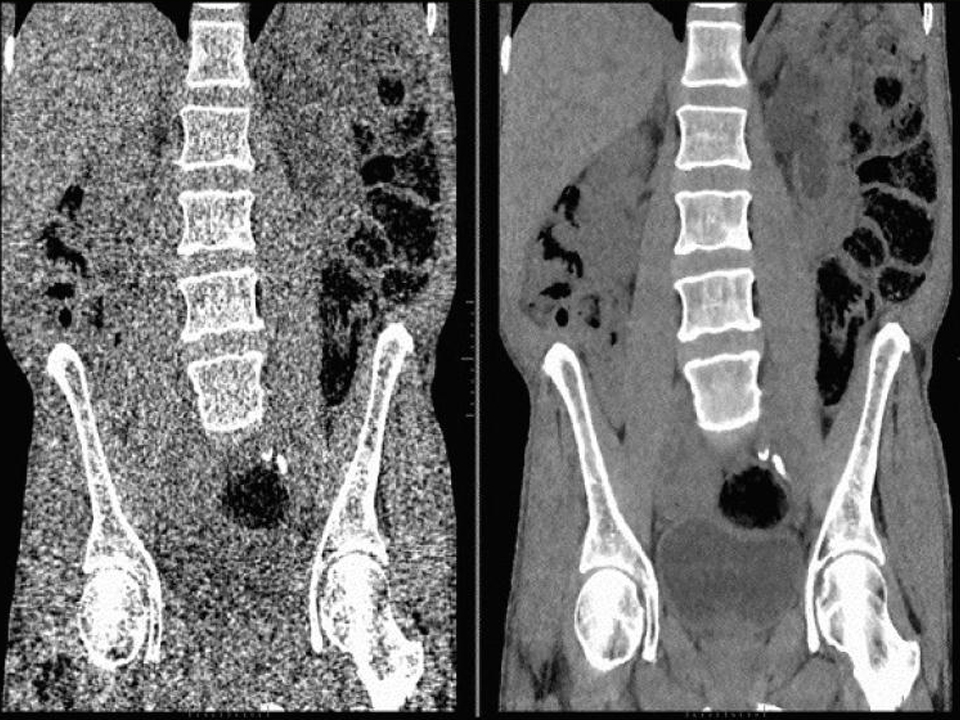
Lowering CT radiation
Prof. Jeff Fessler is working to create high-quality CT scans from a much lower dose of radiation.
Learn more >
 MENU
MENU 
